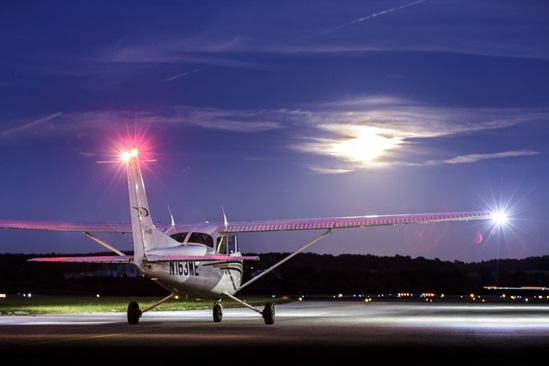Enjoy National Parks from Above
Our Top 5 National Parks to Fly Over
Aviation is near and dear to the hearts of the National Parks Services (NPS) and vice-versa. The Aviation branch of the NPS has been used to help preserve and protect our National Parks. Their services include everything from “fire, law enforcement, search and rescue, resource management, backcountry patrol, and transport of personnel and cargo.”
Our nation’s National Parks are a source of inspiration, exploration, and connectedness for many Americans. That is why we should continue to explore and appreciate them, especially during a time where so many people are reconnecting themselves with the outdoors.
And when something fits together so naturally as enjoying National Parks and flying, it is worth taking the time to explore some great National Parks via your aircraft.
So, without further ado, let’s talk about flying over our beloved National Parks and our top suggestions of National Parks to fly over.
Yes, flying is great, period. But flying over vast ravines, swelling rivers, and luscious patches of forest, phew—now that, that is something else. That is something to be seen. When you fly over parks to take in what mother nature and the NPS has given us, make sure you first do your research.
Be sure you are avoiding flying over noise-sensitive areas (picnic areas, camping areas, key sightseeing areas, public areas, etc.), repetitive patterns (like flying up and down a beach as an example), and high-power maneuvers. Also, fly as high as practical with one-mile separation from the terrain. If you need to prep more for your flight over a National Park, or are new to flying over reserved lands, read this before you go any further.
Done your research yet? Okay good. Now let’s get to the good stuff: our top recommendations of National Parks to fly over.
- Canyonlands: This park is located in Utah and has four distinct zones, all of which are home to formed buttes and canyons that have all been carved by the Colorado River. Fun fact: it was first visited my Nomadic hunter-gatherers over 10,000 years ago.
- Capitol Reef: Also located in Utah, Capitol Reef is 100 miles of cliffs, canyons, domes, and bridges in the heart of red rock country. Fun fact: the rocks that make up Capitol Reef“range in age from Permian (as old as 270 million years old) to Cretaceous (as young as 80 million years old.)”
- Craters of the Moon: This park is located in Idaho. It is a “vast ocean of lava flows with scattered islands of cinder cones and sagebrush.” If you want to learn more about Craters of the Moon and its history before you visit, check out one of the countless videos about it here.
- Everglades: This park is located in Florida and was “established in 1947 to conserve the natural landscape and prevent further degradation of its land, plants, and animals.” The Everglades are full of “endless marshes, dense mangroves, towering palms, alligator holes, and tropical fauna.”
- Gates of the Arctic: This Park is located in Alaska. There are no roads or trails in the park, so it is perfect to observe from the sky. When you fly over you will witness “wild rivers meander[ing] through glacier-carved valleys, caribou migrat[ing] along age-old trails, [and] endless summer light fad[ing] into aurora-lit night skies of winter.” Fun fact: from November to March, the park is usually between -20ºF to -50ºF.
Hopefully, these spots have sparked your interest and encouraged you to fly over them or check out your local National parks and explore them on foot. No matter what you choose, make sure you are taking the time to research the parks, flying over National Parks, and the restrictions that are currently in place both by air and by foot. Be nice to mother nature and enjoy your adventure.



